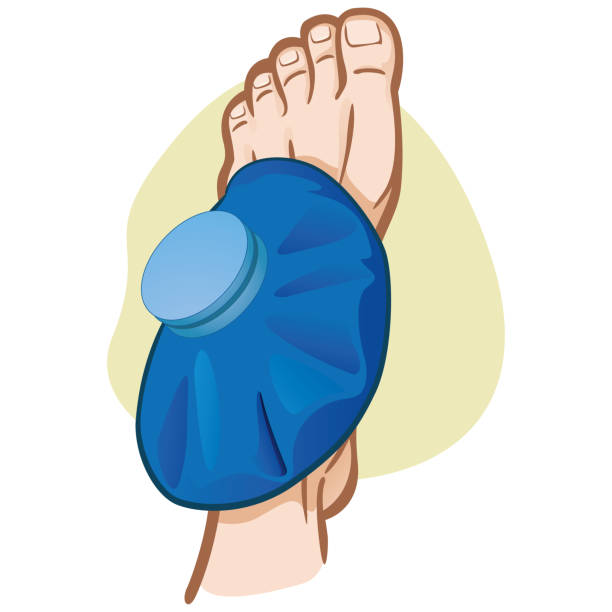Treatment with heat and ice can be a fantastic option to alleviate pain regardless of whether you’re suffering from an injury or just feeling tight. Utilize ice treatment for acute injuries or areas of inflammation , where it cools the hot spots fast while providing temporary relief on its own for some conditions, like cold sores, thanks to the soothing effect it provides paralyzed muscles after stroke symptoms. It isn’t always the most effective. Sometimes one remedy includes cooling and warming capabilities; other times they don’t have complementary ones at all.
How the Heat Therapy How It Works
The benefits of heat therapy are well-documented. Through increasing the temperature in one area it can increase circulation and flow of blood to that region , which can ease discomfort as well as improve muscle flexibility! The heat helps heal injured tissues by relaxing muscles in the ligaments and tendons. It is gentle high-intensity heat that is exactly what they require following intense training sessions that have caused everything to feel like it’s beyond endurance. This kind of treatment has been shown time over again as being highly beneficial.
You can utilize heat therapy to reduce pain in various regions of your body. The most common method is to apply local anesthesia around a pain-prone area and apply an ice wrap on the area to stay cool while using it for more challenging areas such as large joints or muscles that might require special attention when dealing with steam towel that will reduce irritation caused by stressors such workout routines without risking burns from excessive exposure in the sun during summer. You can also get a full-body treatment by getting into a refreshing sauna or hot bath.
What is Cold Therapy? Cold Therapy Works
Patients suffering from chronic pain should think about cold therapy. It reduces the flow of blood to an area, which could dramatically reduce swelling and inflammation that causes joint or tendon discomfort, especially around your knees! By applying cold, you’ll notice relief immediately after it’s applied because nerve activity in this region is decreased due to the muscle tightness; however, the effects will last for about 30 minutes prior to returning , so we suggest doing 2 rounds per day (or even 3) if needed.
While cold therapy is a great way of decreasing pain and inflammation, it shouldn’t be used on muscles or joints that are stiff as they could result in nerve damage. Diabetics who feel less sensation in their hands as a result of the condition known as fifth finger type, should consult a physician prior to applying cold therapy at home without the supervision of doctors who are well-trained to handle the conditions.
To learn more, click cold compress
You’ll get the most results from the use of heat and cold treatment by knowing when you should use these treatments. Patients suffering from arthritis may require both heat and cold therapy to reduce joint stiffness. This is due to the fact that they’re not able to endure surgeries or medication on their joints. It’s already difficult for them to get around daily.
